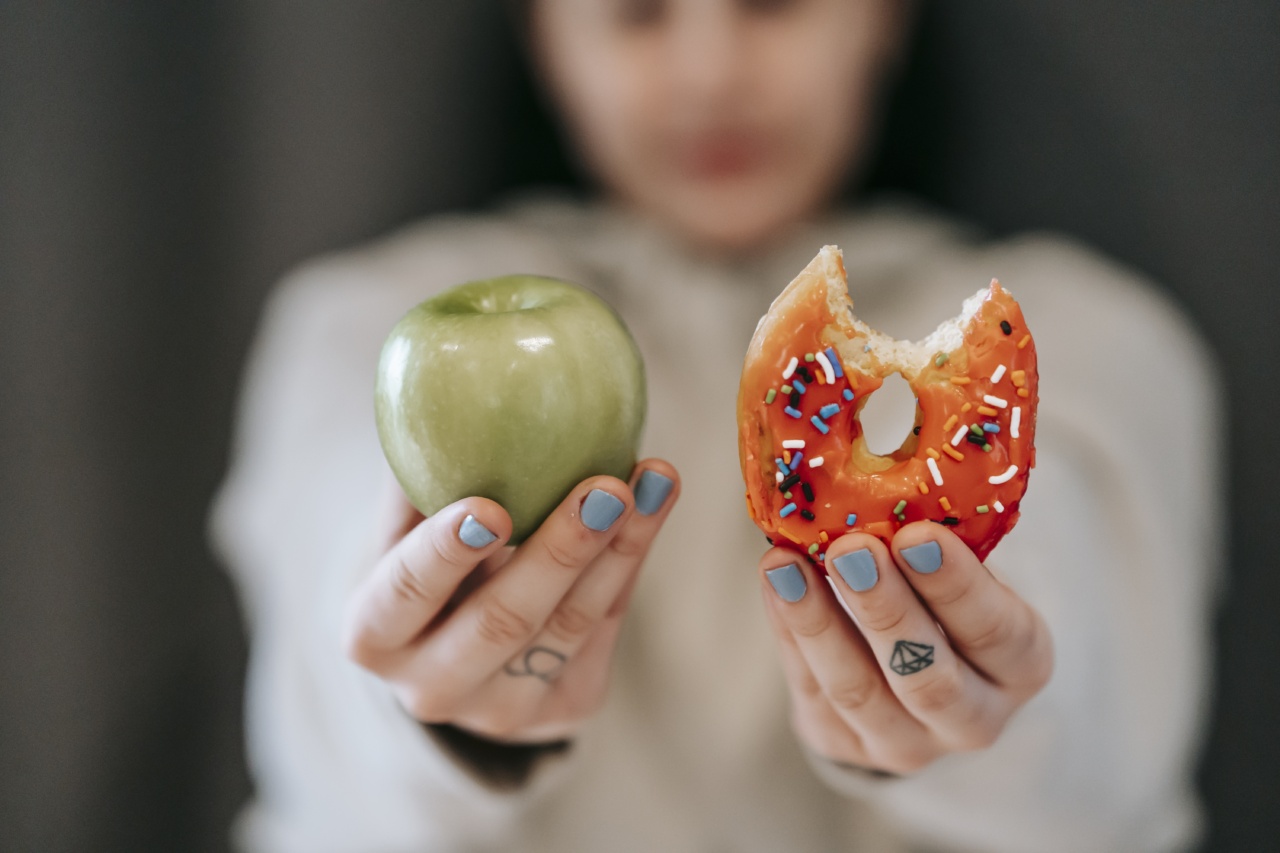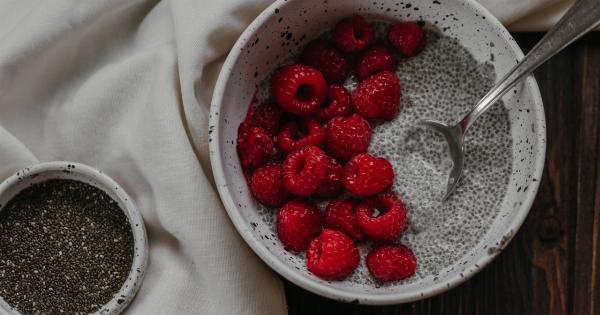One of the biggest challenges when starting a diet is fighting cravings for unhealthy foods. Whether you’re trying to lose weight or improve your overall health, cravings can derail your progress and make it hard to stick to your plan.
So what’s the biggest craving breaker on the diet?
The answer is simple: protein.
Why does protein work as a craving breaker?
First of all, protein is incredibly filling. Studies have shown that eating protein can increase feelings of fullness and reduce hunger, which can help you avoid snacking and overeating.
Secondly, protein takes longer to digest than carbohydrates, which means it can keep you feeling satisfied for longer periods of time. This makes it a great choice for breakfast or lunch, as it can help you avoid cravings and snacking between meals.
What are the best sources of protein?
There are many great sources of protein to choose from, including:.
- Lean meats like chicken, turkey, and fish
- Eggs
- Beans and lentils
- Nuts and seeds
- Tofu and other soy products
- Dairy products like cheese and yogurt
When choosing your protein sources, it’s important to consider their other nutritional benefits as well. For example, nuts and seeds are high in healthy fats and fiber, while dairy products are a great source of calcium.
How much protein should you eat?
The amount of protein you need depends on a variety of factors, including your age, gender, weight, and activity level.
As a general guideline, the Recommended Dietary Allowance (RDA) for protein is 0.8 grams per kilogram of body weight per day. However, some experts recommend higher amounts for certain populations, such as athletes or older adults.
What are some ways to incorporate more protein into your diet?
Here are some simple tips for adding more protein to your meals:.
- Add protein-rich toppings to your salads, such as grilled chicken, tuna, or hard-boiled eggs
- Use Greek yogurt in place of sour cream or mayo in recipes
- Snack on nuts, seeds, or jerky instead of chips or candy
- Replace some of the flour in baked goods with protein powder
- Add sliced protein-rich meats to your sandwiches and wraps
- Choose protein-rich snacks like cheese, hummus, or edamame
What are some common mistakes to avoid when adding more protein to your diet?
While increasing your protein intake can be beneficial, there are some common mistakes to avoid:.
- Choosing protein sources that are high in saturated fat, such as fatty meats or cheese
- Adding too much protein powder to your smoothies or baked goods, which can lead to a chalky taste and texture
- Forgetting to balance your meals with vegetables, whole grains, and healthy fats
- Consuming too much protein, which can strain your kidneys and lead to dehydration
The bottom line
Adding more protein to your diet can be a great way to break cravings and feel fuller for longer periods of time.
Whether you’re trying to lose weight or simply improve your overall health, incorporating protein-rich foods into your meals can help you achieve your goals.






























